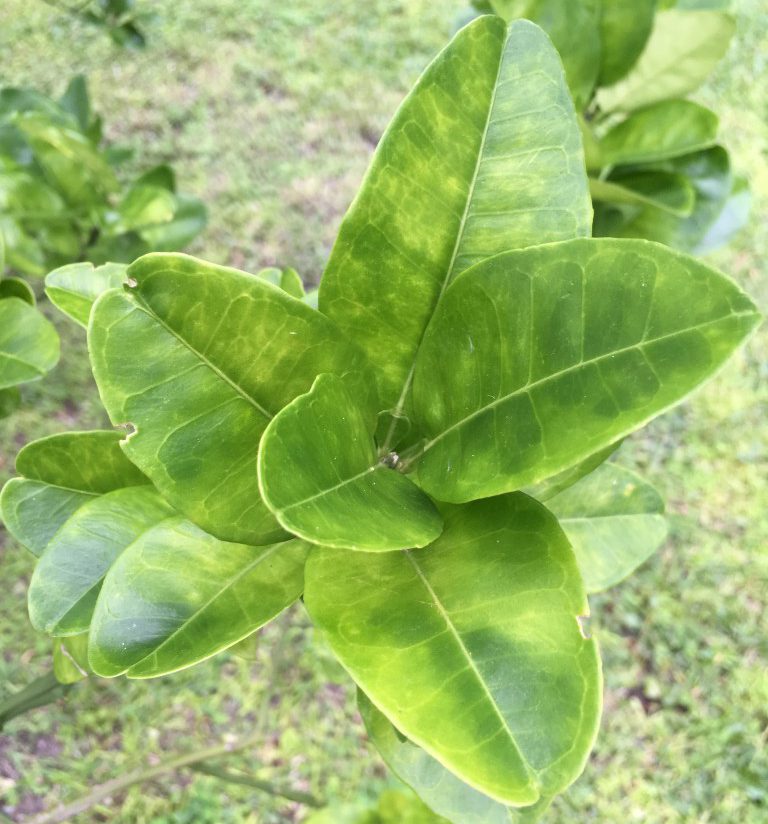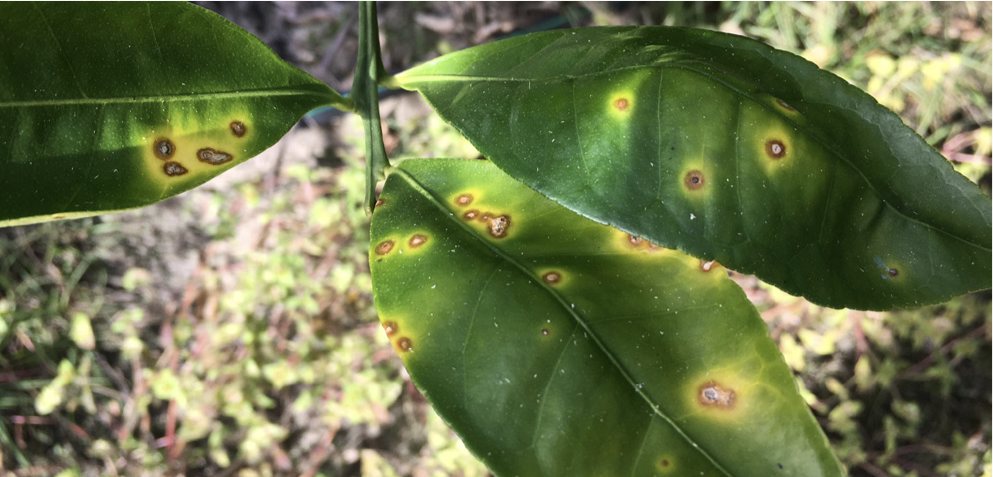The recent Citrus Growers’ Summer Update in Valdosta, Georgia, provided growers another outlet to learn about two diseases — citrus greening and citrus canker — that could have serious ramifications on the industry’s future in Georgia.

Jonathan Oliver, University of Georgia (UGA) assistant professor and small fruits pathologist, highlighted the seriousness of the discovery of both of the diseases in the state.
“We’ve known that Georgia has citrus greening for a while now. We’ve done some survey work detecting where it is. It’s definitely found in a bunch of our homeowner trees in the state, and we’ve found it in a few commercial groves as well,” Oliver said. “Most recently, though, citrus canker has become an issue because it’s been found now in Georgia for the first time. It was found in the southwest corner of the state at one site so far. Right now, it’s confined to one area.”
Industry leaders want to keep it that way. Canker disease can spread very easily. Unlike greening, which needs to be vectored by the Asian citrus psyllid, canker can spread by air or water.
Oliver said that once disease is established in an area, it’s important for growers to follow disinfection procedures for equipment and personnel going in and out of the area.

“If somebody walks through another citrus field, they can spread that bacteria,” Oliver said. “Greening can wipe out an industry, which it’s in the process of possibly doing in Florida. You can live with canker, but it can cause such a headache for growers as far as all the practices you need to implement to manage it. It may damage the commercial viability of citrus production if it became an issue here. It can also limit where citrus can be moved across state lines and into different packinghouses. Those are concerns we have.”
A UGA Extension survey from 2019 to 2022 found that 16 trees from 11 sites in 10 counties tested positive for citrus greening; 13 were residential trees, and three were commercial.









